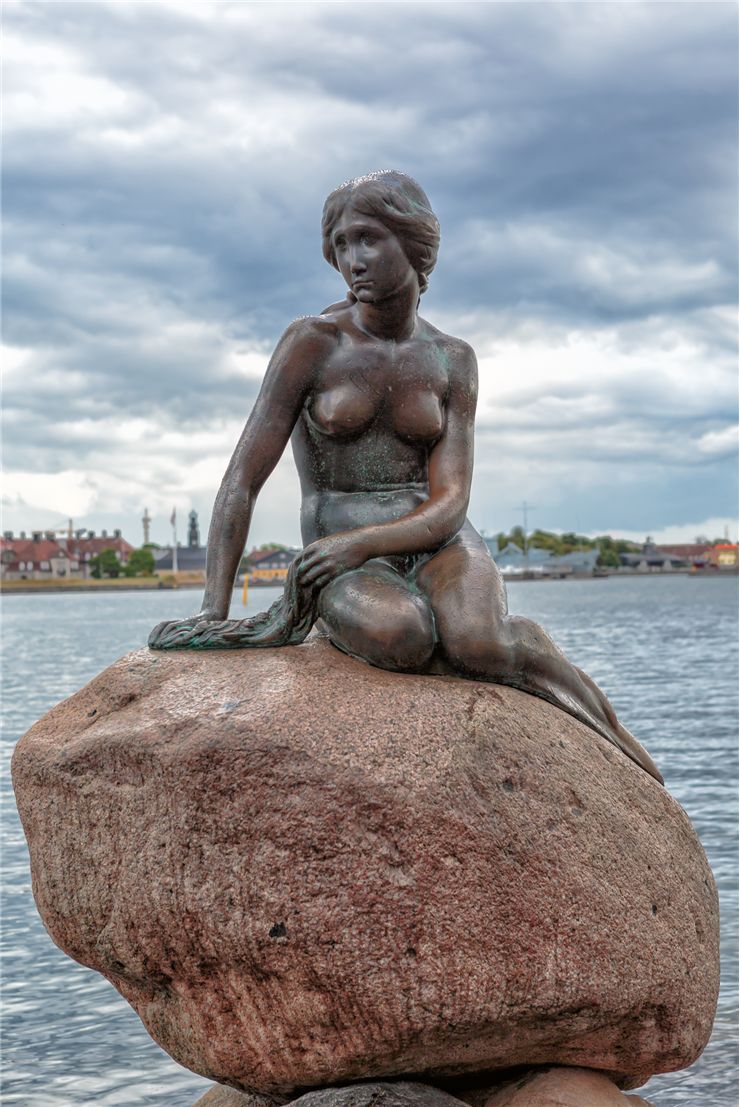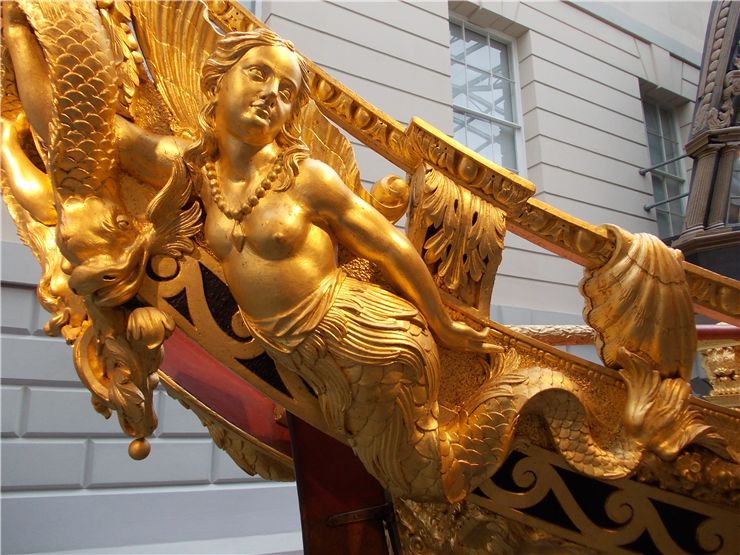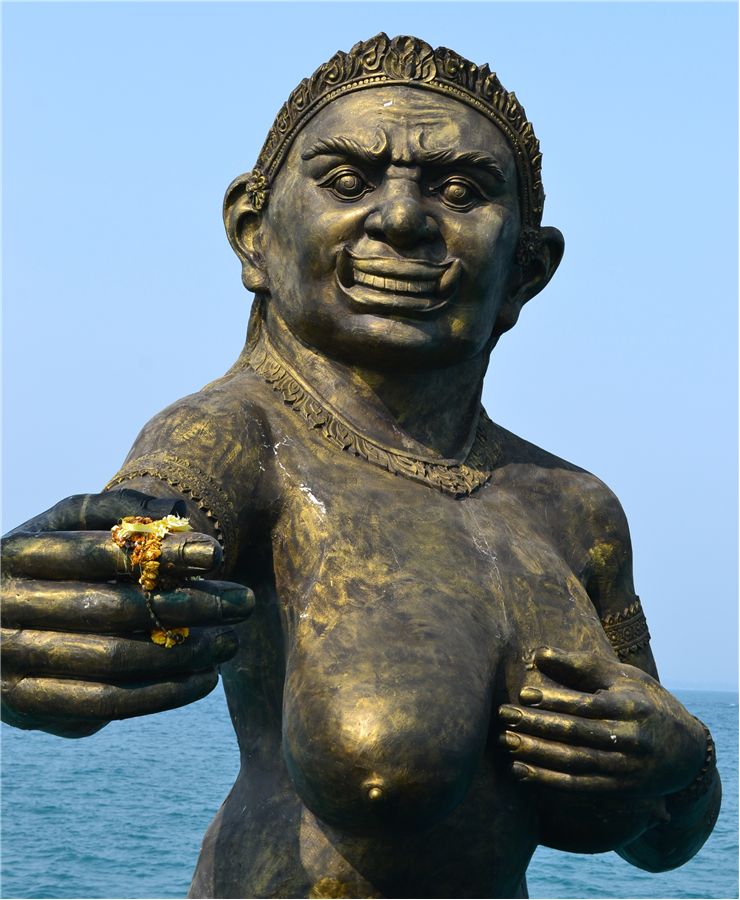Interesting Facts about Mermaids
- Mermaids are the mythical creatures that were initially created as the personifications of the water deities of ancient civilizations. They were celebrated as the bringers of life and fertility because of the sea endless supply of food, and also as forces of great nature power and destruction.
- The most common cause of constant sighing of mermaids during the centuries was manatees (sea cows). Their mermaid-like appearance caused sailors to mistake them when viewing them from afar. Even Christopher Columbus reported seeing ugly and fat mermaids on his first voyage to America.
- Mermaids are presented in almost every culture across the world as beautiful women who have fish tails as the lower half of their bodies (sometimes snake tails), long hair and beautiful voice that can mesmerize or hypnotize men who hear it.
- Modern view of mermaids was shaped by Hans Christian Andersen 1836 fairytale "The Little Mermaid" which describes how mermaid princess gave up her voice for a chance to be together with the prince that lived on the land. The original story did not have a happy end, which was changed in the very popular animated movie made by Disney.
- Some of the powers of the mermaid are immortality, seeing the future, telepathy and hypnosis.
- Modern day view of mermaids is often mixed with sirens, who are much more aggressive and dangerous creatures.
- Sirens are often attributed with the powers of destruction, ability to gather storms, lure sailors in the death, lead ships to crash into rocks, cause insanity and conjure fog.
- Sirens are vengeful and carnivorous mythical creatures from the Greek pantheon of goods. Even though they were often presented as flying creatures, the Greek myth of water sirens became very popular in the Europe.
- The most famous deities that carried the form of mermaid were Assyrian goddess Astarte, Greek Triton and Aphrodite, and African deity MamiWata. They all represent beauty, fertility, the danger of seduction, the force of nature and destruction.
- The most famous local folktales about mermaids is Guam's Sirena, and Brazil's Iara.
- Mermaids are the female members of the underwater race of merfolk. Males are called mermen and are supposedly ever more shy and secretive than their female counterparts. In almost every story about them they never come to the surface to the ocean.
- The most used weapons of merfolk are tridents made of whale bone or coral, sharp shells, octopus-ink darts, and shark teeth.
- Mermaids are always naked, but they carry some fashion accessories - pearl necklaces, crowns, bracelets, hand mirrors, combs and sometimes musical instruments.
- In modern popular culture, there are four types of mermaids. Traditional mermaids that can only live in the sea, skin shedding mermaids that can walk on the land for the short periods of time (most common in Irish folklore), shape-shifting mermaids that can change to the human form at their wish, and entirely human form merfolk that can live on both land and sea (popularized in the Persian collection of folktales "One Thousand and One Nights").
- Mermaids and sirens represent very important parts of pirate mythos. During the golden age of the piracy, mermaid sightings reached their peak and many stories about them entered into the folklore of Central America.
- Mermaids can today be seen in many corporate logos and official seals. Sirens were also inspiration for naming the "sirenia" order of water dwelling herbivorous mammals.
- Sirens and mermaids are well represented in modern day pop culture, media and arts. They are the often included in fantasy books, and movies and songs are written about them regularly.



